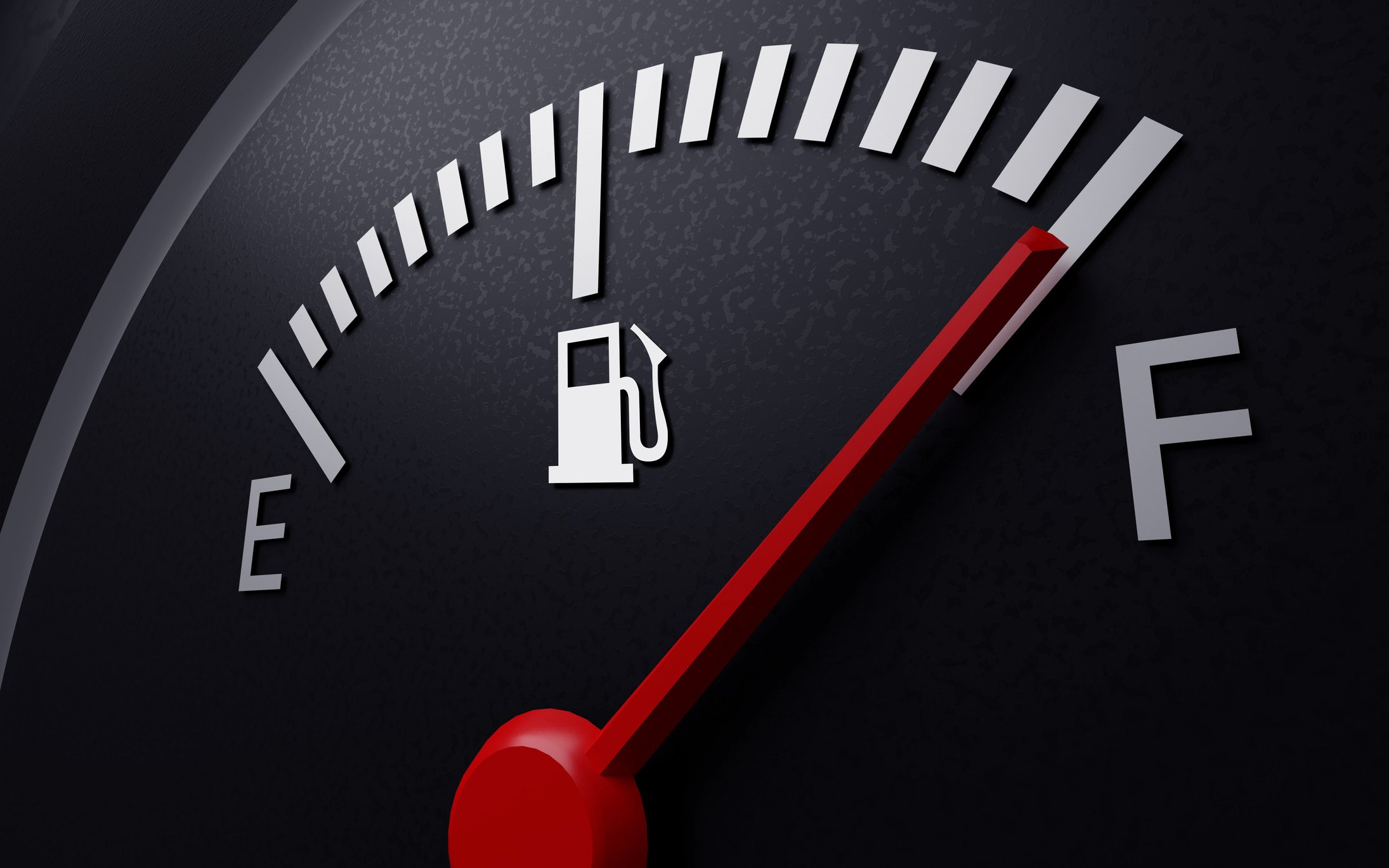Preparing For A Texan Winter Storm
Discover > Texas Mom Blog > Preparing For A Texan Winter Storm
A few weeks ago, North Texas saw a temperature drop from 60 degrees Fahrenheit on New Year’s Eve to a steep 20 degrees on New Year’s Day. Since Winter Storm Uri, this was the first hard freeze Texas had felt.
Hopefully, last February’s storm was a once-in-a-generation or lifetime thing that we won't have to live through again anytime soon. While the chances of another massive winter storm is possible, we have prepared a list of how to prepare for another Texan winter storm.
Now is the time to hit your local farmers markets to stock up on pantry essentials and have an emergency plan in place before a serious chill hits.
Prepare Your Home for Another Texas Winter Storm
Food and Water Stocking in Winter Storms
Power and water outages are a fact of life when dealing with Texas Winter Storms, there's nothing we can do about those except to prepare. And as we always say in our house, it doesn't matter if the power goes out, as long as we have water and food then we can weather any storm.
Depending on the number of members in your family, you will have to stock up on non-perishable food and water. Shelf-stable milk, canned fish, canned beans, ramen, fruits such as apples, oranges, and bananas, veggies like cucumbers and carrots, nuts (how long do nuts last?), and seeds can help keep you feeling energetic and satiated.
Make sure you stock up on both drinking and non-drinking water. Most sources suggest a gallon of drinking water a day per person will suffice. Don’t forget to count water for pets.
High-energy, high-protein, and high-calorie snacks that don't need cooking like jerky and nuts are easy to store and easy to grab in a pinch
Store this drinking water in a cool, dark place in your house.
In the event of a storm, fill up the bathtub with water. You will need it for flushing, doing the dishes, and basic sanitization.
Home Winterization Tips
Get a maintenance check for your HVAC system to ensure it is running smoothly.
All exposed pipes must be insulated to prevent them from freezing.
Is your fireplace working optimally? This means a clean furnace filter and a fireplace plug to prevent heat loss.
Check on the smoke and carbon monoxide detectors to ensure they are in working order.
Is the air sealing and insulation in your attic sound? When your attic and its access are not properly sealed, the warm air from lower floors can escape into the attic and possibly even through the attic walls.
Invest in some handy battery-powered light sources for different areas in your house.
After last year’s electricity failure, some homes have invested in generators. Gas-powered or permanent generators are a good source of backup power in the event of an electricity shortage.
Propane camping stoves will help you boil water and cook food during a storm. But they must be used outdoors only.
It is a good idea to have a complete winterization maintenance routine carried out to make sure you don’t miss out on anything.
A home emergency kit is essential for the winters. It must include blankets, socks, batteries, a radio, a Swiss knife, a ready-to-go first aid kit, long-lasting food items, and water.
Emergency Clothing and Medical Kit
Every medical kit must contain gauze, dressings, adhesives, scissors, bandages, aspirin, fever reducers, thermometers, and antihistamines. If this is a lot for you to pull together, you can easily purchase a fully stocked medical kit.
Keep yourselves warm with multiple layers of clothing. Sweaters, socks, warm mittens, and thermal underwear are really helpful in retaining body heat. Pay close attention to keeping the young and the elderly especially warm. Insulated sleeping bags are also a good winter investment.
Winterization Tips for Your Vehicle
Unlike vehicles in northern states, cars in Texas don’t really need snow tires or tire chains. Nevertheless, a maintenance checkup to rule out any potential problem areas can really reduce the chances of your car breaking down during a winter storm. Additionally, stock your ride with emergency essentials and you will be geared up for any small incidents that may arise. Be mindful of the following tips when traveling by car on a particularly chilly day:
Equip your car with a phone charger, first aid kit, warm clothes, flashlight, reflective triangles, high visibility jacket, jumper cables, booster cables, battery-operated radio, portable fire extinguisher, tow chains, canned compressed air, ice scraper, portable shovel, jack and lug wrench, antifreeze, and road salt or cat litter.
Pay heed to weather announcements. Check forecasts of your origin and destination. Never be too proud to turn around if it gets bad.
Do not leave with a half-empty gas tank. Your engine is your best friend in case of emergencies, so make sure you have a full tank of gas when you head out.
Minimize the risk of carbon monoxide poisoning by turning off your engine periodically and keeping exhaust pipes clear of snow.
With a little bit of learning and planning in advance, we can get through an adverse change in weather without serious damage. Get more winter safety-related info here.
Need to keep warm during the cold months? I've written previously on how to keep warm during winter months in Texas with these simple-to-follow recipes.
Check out the best Jerky Spots in Texas.






